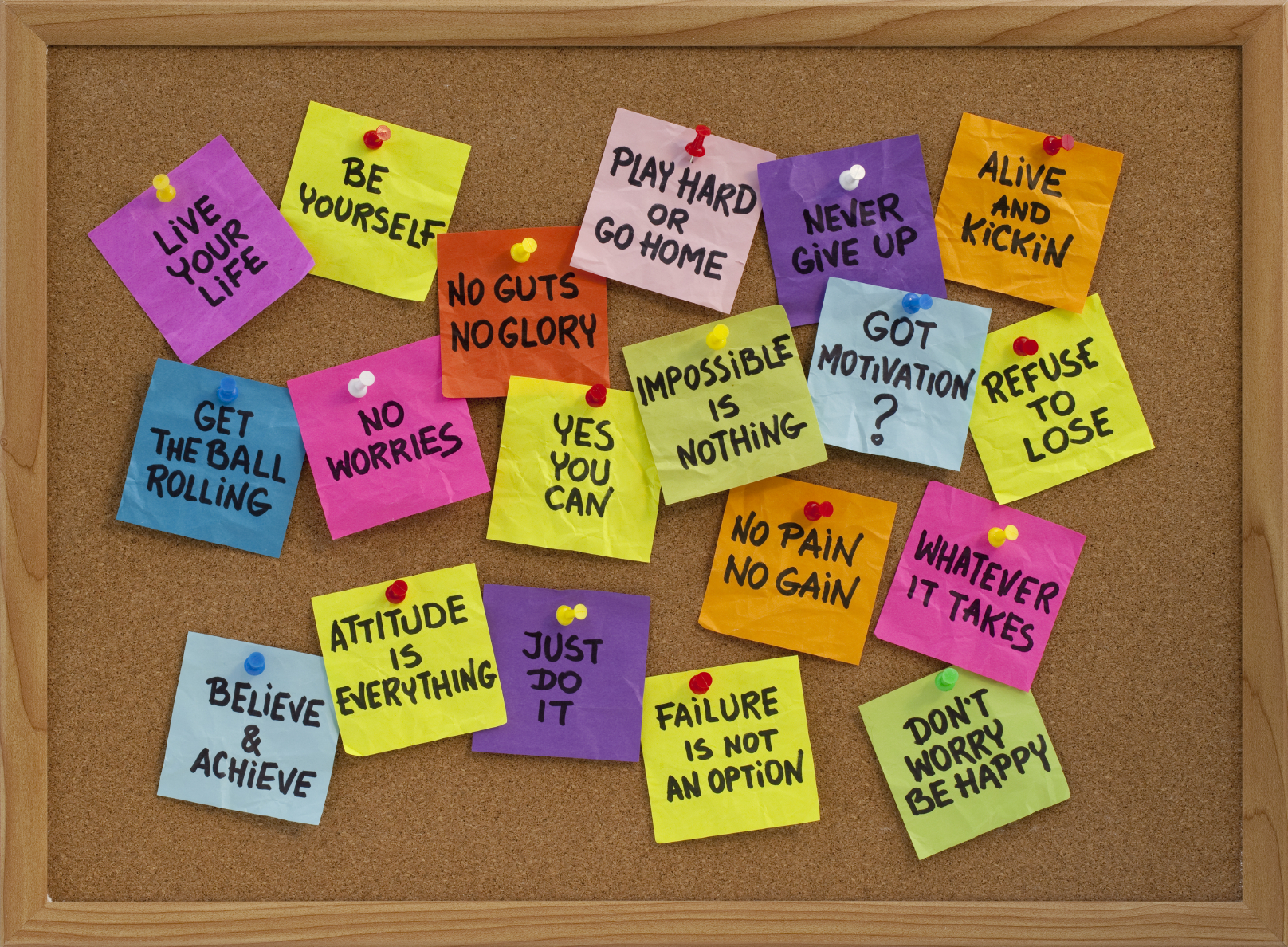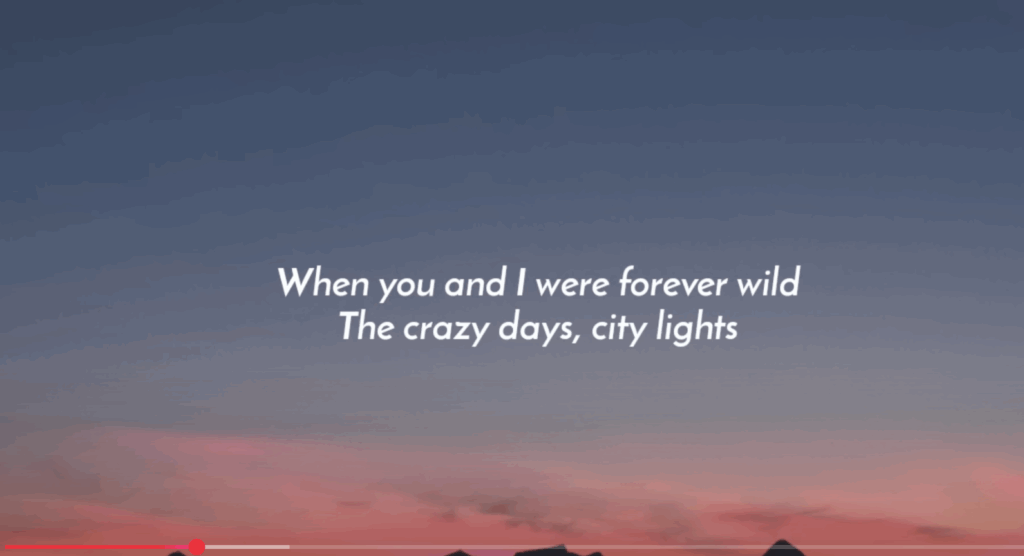What’s something that drives you crazy and how could it be improved?
One aspect of mobile design that has always bothered me is the design of exit buttons on ads. Often the (x) icon is so small that even when I tap directly, I am redirected to the App Store instead. This forces me to switch back and forth between apps until I can finally close the ad. This issue becomes even more frustrating when it occurs repeatedly on the same app, making the user experience distasteful. Evidently, one of the solutions to this problem is simply increasing the size of the “x” button. While I understand the choice of design might be on purpose as part of a strategy to encourage users to download the advertised app once they are looking at the App Store, personally this makes the advertised product or app less appealing.
How can you apply some of the author’s principles of design to interactive media?
Throughout the text, Don Norman emphasizes a few arguments that can be applied to any kind of design. One is particularly significant, I believe, that can also be used as part of the brainstorming that comes before writing a code is trying to imagine how would someone without the experience respond to the work presented. As he effectively describes, there should be a clear communication between the user and the technology in use. For example, if I make an interactive artwork, it should be clear for the user what they are supposed to do to set in motion said interaction. I know that there are displayed images or text resulting from a code and that by clicking on the canvas, some kind of reaction occurs. However, someone who doesn’t have my experience or knowledge on interactive media might not catch on what is happening. Thus, it would be necessary to make instructions for the user to understand how to process, or indicate in some other form what must be done. Norman’s arguments made me realize how often we forget that all our accumulated experiences and knowledge are not shared by anyone, and even if it might seem unnecessary for ourselves, we must find ways to let a designed programs be accessible to a broader audience.



